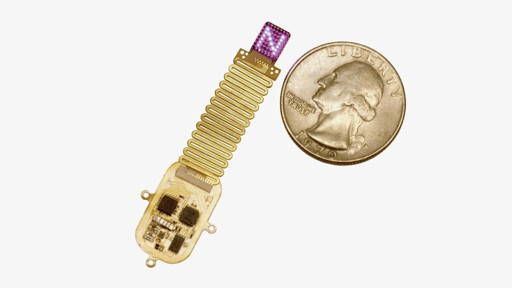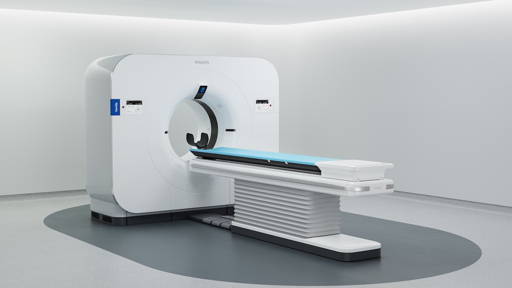Researchers at Boston University have developed an algorithm that makes it possible for people with hearing loss to still better understand people in crowded and noisy environments. The technology, inspired by how the human brain works, improves word recognition by 40 percent over current hearing aids. This innovation could be a major breakthrough in addressing the so-called “cocktail party problem.
The siolution is a brain-inspired algorithm that can better separate sounds and help hearing aid users focus on one speaker in a crowded environment. The algorithm, called BOSSA (biologically oriented sound segregation algorithm), showed in tests a significant improvement in word recognition (40 percent) than currently used technologies in hearing aids. “We were tremendously surprised and delighted by the magnitude of the performance improvement,” said Kamal Sen, the algorithm's developer and associate professor of biomedical engineering in the BU College of Engineering. According to Sen, such large leaps in technological improvement are rare. The research was published the scientific journal Communications Engineering.
Noise suppression
The algorithm was inspired by the way the human brain processes sounds. In particular, the research team studied how brain cells-and especially so-called “inhibitory neurons”-suppress certain unwanted sounds. These neurons form an internal noise suppression system, so to speak. The algorithm uses spatial cues, such as the volume and timing of sounds, to isolate relevant speech from background noise.
This gives BOSSA a clear advantage over current standard technologies in hearing aids. Many modern hearing aids already use directional microphones (beamformers) and algorithms for noise reduction, but according to Sen, they hardly provide better performance so far. Virginia Best is co-investigator and associate professor at BU Sargent College of Health & Rehabilitation Sciences and points out that communication in noisy environments is the biggest problem for many people with hearing loss. “These situations-think family dinners, social occasions and work meetings-are incredibly important to quality of life,” Best said. “So a solution that improves here could have a huge impact.”
Algorithm testing
To test the algorithm, the team conducted a study with young adults suffering from sensorineural hearing loss, often caused by genetic factors or diseases at a young age. In a laboratory setting, the subjects were shown speech through headphones that appeared to come from different locations. Then their ability to understand specific voices was measured both without the algorithm and with the standard and new algorithm. The results were overwhelmingly in favor of BOSSA.
The algorithm has since been patented, and Sen now hopes to work with commercial parties interested in licensing the technology. The timing is favorable in this regard: companies such as Apple are currently entering the hearing care market, with the AirPods Pro 2, for example, being touted as clinically sound hearing aids.
Eye-tracking technology
Interestingly, the algorithm may also have applications outside of hearing care. According to Sen, it has to do with the fundamental brain mechanisms of attention and focus. According to Send, the neural circuits being studied are much more general in nature. They may also be relevant to people with ADHD or autism, who have difficulty filtering stimuli in crowded environments, according to Sen.
The BU team has since begun developing an improved version of the algorithm, which will also incorporate eye-tracking technology. With this, the system can automatically detect who or what the user wants to focus on, making the targeting of auditory attention even more effective.
Work is also underway in the Netherlands under the name Right Hearing on an innovative hearing system designed to improve communication in noisy environments. Beephonix, the Radboudumc and Absolute Audio Labs were awarded a European grant of 738,000 euros for this purpose and is funded in part by the European Regional Development Fund (ERDF-East).







